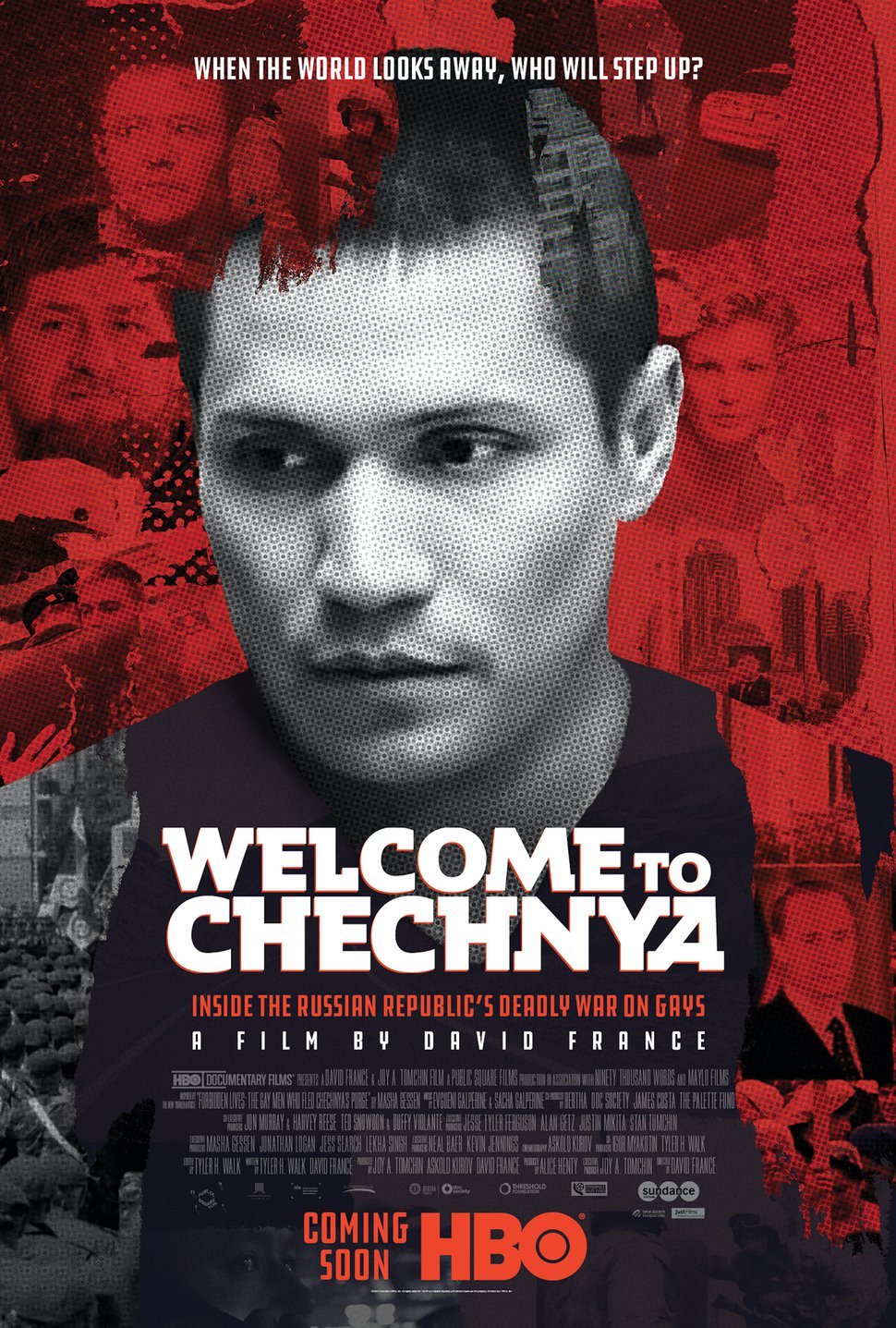A man, smoking a cigarette and with his phone on speaker mode, receives a call from a woman under the pseudonym “Anya,” who explains in Russian that her uncle has discovered she is lesbian and is threatening to reveal her sexuality to her father if she does not have sex with him. Anya tells the man, who runs a program to help LGBT+ escape from Russia, that if her father finds out, he will kill her.
“Welcome to Chechnya” (2020, dir. David France) transmits a sense of petrifying danger from the first scene to the last. The documentary traces the lives of a group of LGBT+ Russians attempting to escape the country — in particular the state of Chechnya, where the government has directed a cruel “gay purge” of its LGBT+ citizens. The purge is all the more terrifying, and the terror all the more inescapable, because it is often perpetrated or at least abetted by the families and friends of the victims, who turn their loved ones in to the authorities or kill them personally.
In this way, the film sets the stakes from the very start. Then, the documentary follows a group of refugees in a shelter in Chechnya, where activists are hard at work to help them escape. They admit that they had no experience working with visas or helping refugees escape persecution. The operation feels precarious, but it is also clear that waiting for experts or expanding the circle of volunteers might be dangerous.
The purge has been largely invisible, so the documentary presents brief clips and photographs of the crimes and general anti-LGBT violence that activists have intercepted in Chechnya, while also having the refugees narrate what they experienced. A warning: these harrowing clips interspersed throughout the film show very short but graphic depictions of violence, sometimes involving rape or apparent murder. It seems that the world now expects video evidence of atrocities in order to take any action, and part of the film’s purpose seems to be to force the viewer to confront their skepticism, to wonder how much they need to see with their own eyes to pay attention, to believe and to act.
While “Welcome to Chechnya” uses the clips to force the viewer to confront these atrocities, it also makes an effort to maintain secrecy and not reveal the truth in other parts of the film by using Deepfake technology to obscure the identities of the refugees, which involves mapping models’ faces over the faces of the documentary’s subjects. Although the technology’s use is interesting and impressive, its effect is also deeply unsettling. The new faces they wear are a constant reminder that, as the documentary emphasizes at several moments, the subjects will never return to a “normal life.” The activists helping them escape constantly remind them that they will be in danger no matter where they go in the world and that they face months, if not years, of interminable bureaucratic processes as potential host countries debate saving their lives.
The Deepfake is also unsettling because it feels fragile, helping create an underlying tension that their identities might be found out at any moment: if someone were to find the raw footage, or if the program were to glitch and the mask were to vanish from its ward’s face. Although such a mistake would certainly not make the cut, the threat feels ever present, in part because of the director’s decision to make the masks slightly imperfect, leaving a “tell” that makes it clear that the faces are being covered by a computer program.
Moreover, the activists brazenly do not don Deepfake masks, and a few instances near the conclusion of the film show how they realize what they have sacrificed for their work, how they are now equally in danger as those they are trying to protect. The willingness of a handful of heroes to enter the fray and place themselves in equal danger as the persecuted is one of the most poignant and fascinating aspects of the film.
The film is clearly political, a call to action. It feels like a manifesto on the evils and dangers of authoritarian governments rising around the world, while also being very specific to its particular subject. Especially since the world has known about the crimes since 2017 (the film states that the US has not taken any of the refugees), it is also a stunning rebuke of the international community’s response to humanitarian crises. “Welcome to Chechnya” is essential viewing for all, as it discloses a terrifying and urgent story that has languished for too many years in the shadows.
Contact Juan Fueyo-Gomez at jfgomez ‘at’ stanford.edu.
